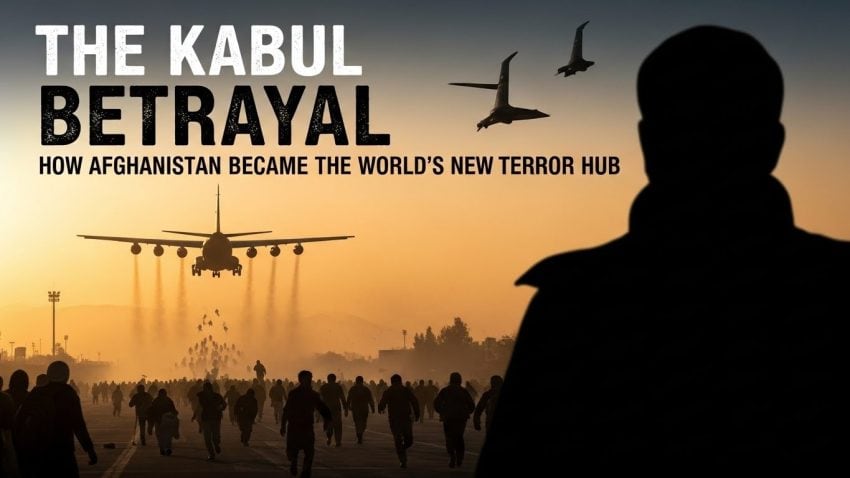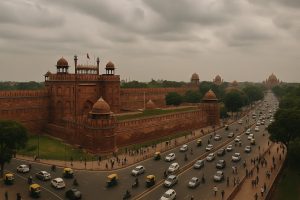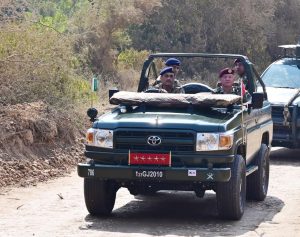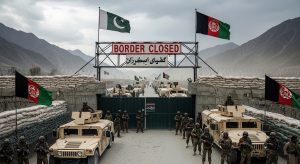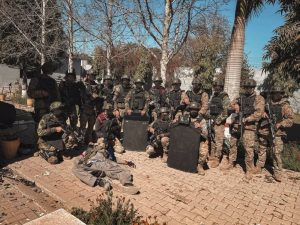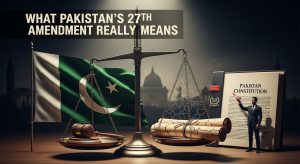I remember how the 2020 Doha Agreement was sold to us: as a masterpiece of pragmatism, a safety net designed to insulate the world from the dangers of Afghan soil. But looking at it today, I can see that safety net is tattered beyond repair. I was promised a firewall against terrorism; instead, I’m watching a turnstile for terrorists spin out of control. The scale of this deception takes my breath away. I see pledges to end violence transforming into a state-sponsored infrastructure of hate. Standing amidst this wreckage, I am forced to admit a harsh truth: We didn’t secure peace; we simply rented a pause. And I have to ask myself: Is this the price of our rushed exit—did I close my eyes to reality hoping the monster wouldn’t follow me home?
The reality in Kabul today is grim. Under the guise of the “Islamic Emirate,” Afghanistan has metastasized into the world’s largest sanctuary for terrorist violence. This is not a case of a weak government failing to control its borders; it is a willful hospitality. United Nations assessments confirm that approximately 6,000 fighters from the Tehrik-i-Taliban Pakistan (TTP) operate with impunity inside Afghanistan. These men are not fugitives hiding in caves; they are practically state guests, armed with leftovers from the Western withdrawal, financed through Kabul’s networks, and shielded by a regime that views them not as criminals, but as strategic brothers-in-arms. The TTP has evolved into the largest terrorist outfit under the Taliban umbrella, creating an ecosystem of hate that is now spilling over the border.
I view Pakistan as the only barrier remaining between the world and a deluge of regional terrorism, but the cost I’m witnessing is unsustainable. The count is over 5,000 casualties in four years—a statistic that represents a systematic dismantling of families. The data confirms what I have long suspected: 80 percent of this carnage is imported directly from Afghan soil. I am seeing the tactics shift in real-time, moving from remote skirmishes to the audacity of urban suicide bombings near the Islamabad High Court. Standing amidst this reality, I have one question: When does diplomatic patience become criminal negligence? How long can a sovereign nation like mine tolerate a neighbor that feigns innocence while arming our executioners?
Yet, the war is not being fought with bullets alone; it is being waged with lies. A cynical propaganda machine, often amplified by Indian interests seeking to malign Pakistan, works overtime to obscure Kabul’s complicity. This duplicity reached a farcical peak recently when, following a precise Pakistani strike on TTP hideouts, an Afghan government spokesperson claimed the attack killed ten civilians, including children.
The allegation would have been tragic if it wasn’t so visibly fraudulent. In a display of what can only be described as malicious illiteracy, the spokesperson circulated graphic images from years prior—photos of unrelated grief—to fabricate a current massacre. Why resort to such transparent deceit? Because when you are harboring the world’s most dangerous killers, truth is the first casualty. This disinformation campaign serves a dark purpose: it fuels radicalization and gives hostile foreign actors a stick with which to beat Pakistan, all while TTP and BLA terrorists sleep soundly in Afghan safe houses.
Pakistan has formally demanded the dismantling of these networks, but the requests fall on deaf ears. The international community must realize that this fire will not stay contained in South Asia. Terror hubs export their chaos; it is in their nature. The Taliban have allowed a terrorist super-state to form on their watch, threatening not just Islamabad, but global security. If the world continues to ignore the factory of death operating next door to Pakistan, we are not just failing to learn from history—we are inviting it to repeat itself with devastating consequences.

